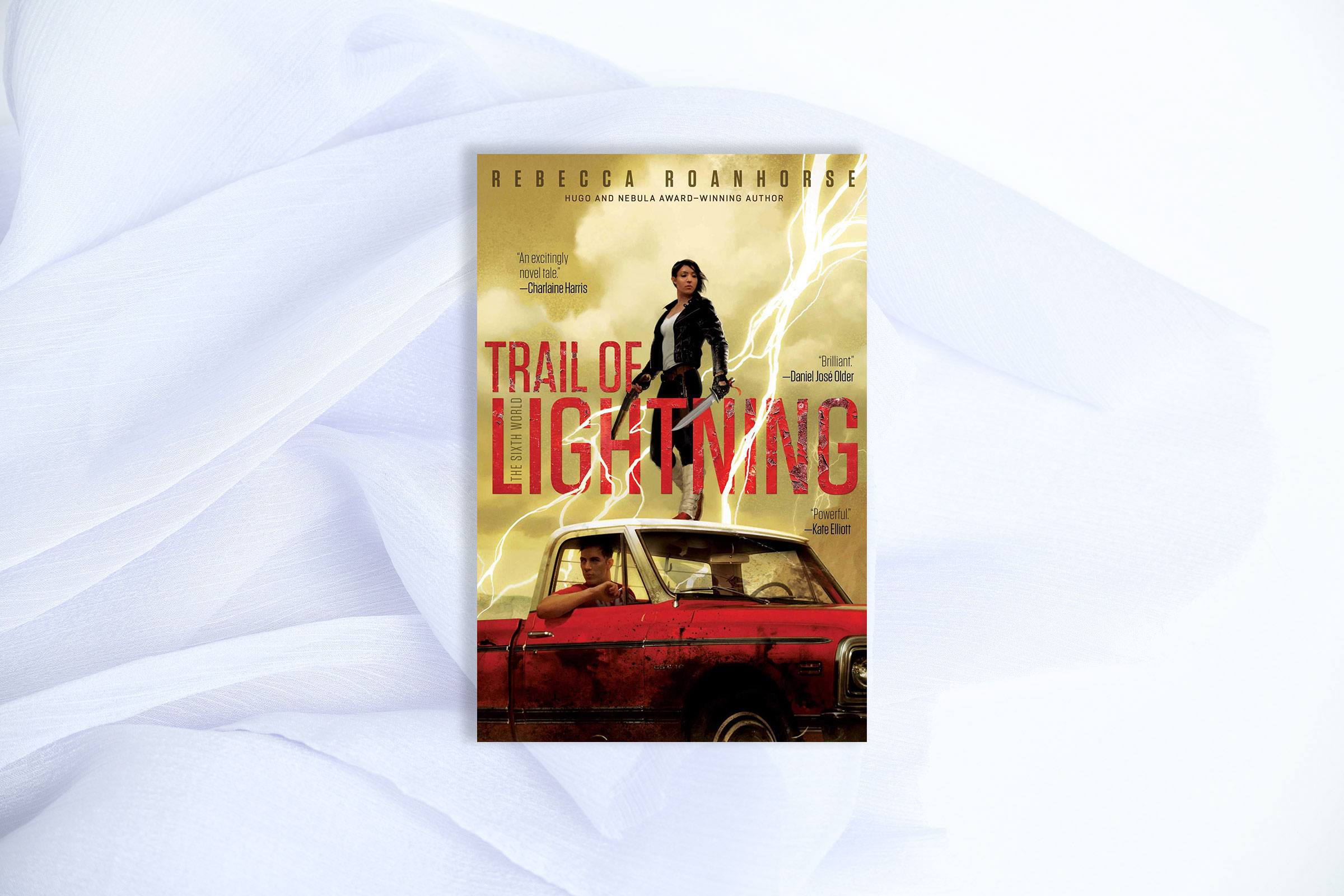In her buzzy 2018 novel, Trail of Lightning, Hugo and Nebula award-winning author Rebecca Roanhorse deftly adds new layers to post-apocalyptic tropes. The first time that monster hunter Maggie Hoskie sees the Wall—the structure that protects the Diné, or the Navajo people, from the disasters that have transformed the rest of the world—she is surprised by its beauty. But then again, the character reflects, it’s no wonder that the Wall’s aesthetics do not suggest the apocalypse: “the Diné had already suffered their apocalypse over a century before. This wasn’t our end. This was our rebirth.” Roanhorse, who is of both Indigenous and African-American descent, is known for centering characters of color in speculative settings. In Trail of Lightning, Maggie and her ally Kai wield fantastic abilities called “clan powers” that allow them to battle monsters and contend with gods. For both characters, the powers were awakened in moments of trauma—another trope that takes on renewed resonance in Roanhorse’s thoughtfully constructed world. —Cate Matthews
Buy Now: Trail of Lightning on Bookshop | Amazon
- The 100 Most Influential People of 2024
- The Revolution of Yulia Navalnaya
- 6 Compliments That Land Every Time
- Stop Looking for Your Forever Home
- If You're Dating Right Now, You're Brave: Column
- The AI That Could Heal a Divided Internet
- Fallout Is a Brilliant Model for the Future of Video Game Adaptations
- Want Weekly Recs on What to Watch, Read, and More? Sign Up for Worth Your Time
